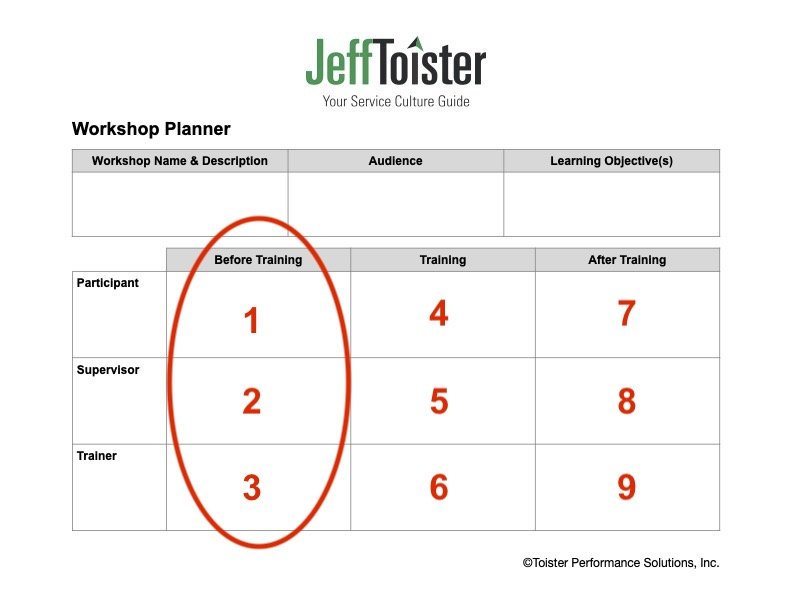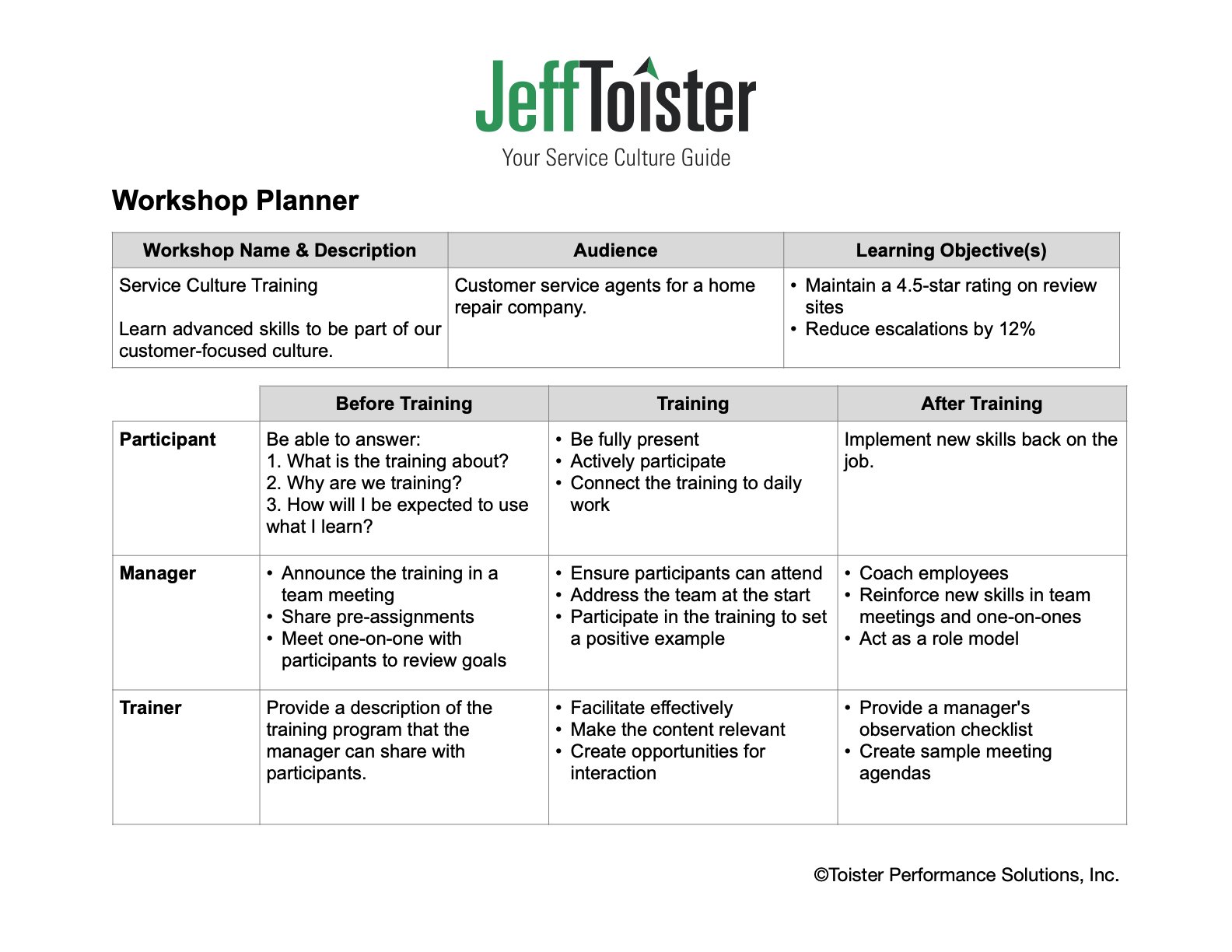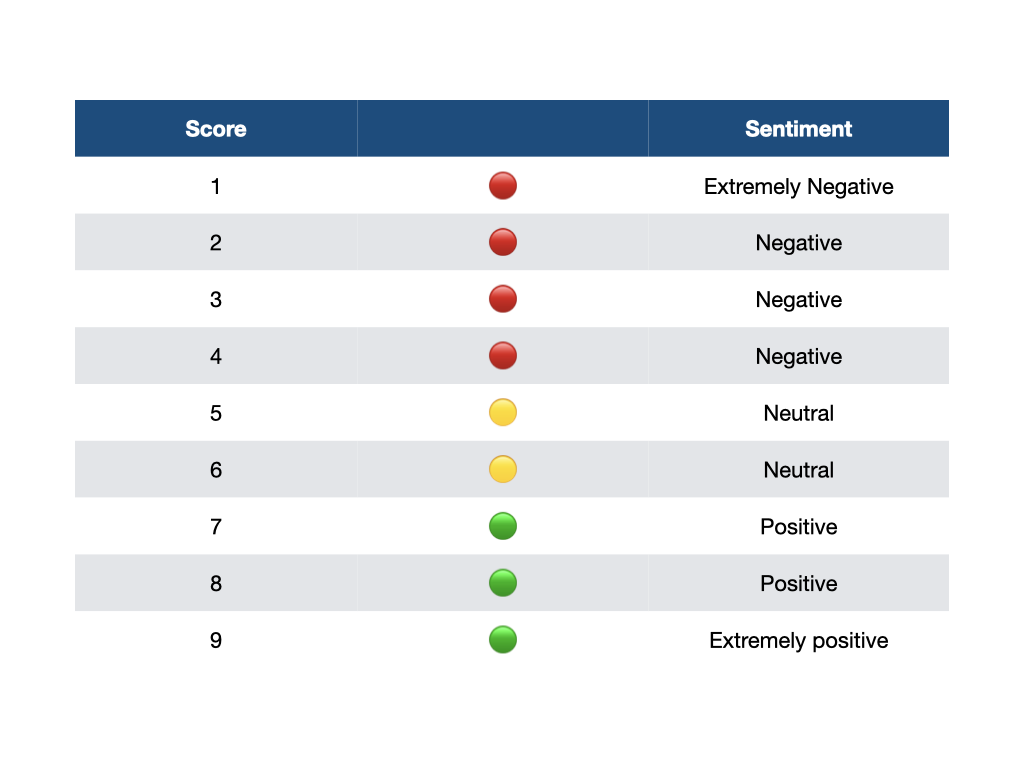I love In-N-Out for its remarkable consistency.
The service is the same every time I go. There's a warm and friendly greeting. The cashier takes my order and confirms it. They conclude the transaction by handing me my receipt, telling me my guest number, and thanking me.
It always happens.
Each step has a purpose. The greeting establishes rapport and makes me feel welcome. Carefully walking through my order ensures they get it just right. The conclusion ends the transaction on a positive note.
The steps also promote quality. I've only experienced two errors over a lifetime of going to In-N-Out:
A stray piece of lettuce once landed on my burger.
I received a bonus order of fries.
Two minor mistakes. That's it. An error rate of less than .1 percent.
What's never happened is unfriendly service. In-N-Out employees are unfailingly friendly. How does In-N-Out do it?
They have clear steps of service.
In this article, we'll cover:
What are steps of service?
Steps of service are a process for serving customers. Following them helps employees deliver more consistent customer service.
Some steps of service are very specific and detailed.
For example, In-N-Out cashiers are trained to ask each customer, "How are you?" If a customer asks "How are you?" in return, cashiers are trained to respond, "I'm good, thank you."
Other steps of service cover a broader set of interactions. Retail associates at the Apple Store follow five steps that spell out the word APPLE:
A = Approach, personalized, warm welcome
P = Probe (politely) to understand the customer's needs
P = Present a solution
L = Listen for (and resolve) any issues or concerns
E = End with a fond farewell and invitation to return
The three steps of service at The Ritz-Carlton are even more general:
A warm and sincere greeting. Use the guest’s name.
Anticipation and fulfillment of each guest’s needs.
Fond farewell. Give a warm good-bye and use the guest’s name.
When do you need steps of service?
Broad steps of service are helpful in almost any customer service situation. They guide employees' interactions with customers and ensure consistency.
There should be a minimum of three steps:
Rapport: make customers feel welcome.
Understand: learn what customers need.
Solve: help the customer have a better experience.
These are based on the three essential customer service skills.
It can be helpful to have more specific steps for employees who handle a high volume of similar transactions. This includes:
Cashiers
Restaurant servers
Contact center agents
Caution: Service steps should be simple and easy to follow to avoid employees adopting a checklist mentality.
Can employees deviate from steps of service?
Generally speaking, steps of service should be followed each time an employee serves a customer. They represent your specific brand of service.
Following them allows companies like In-N-Out, the Apple Store, and The Ritz-Carlton a consistent customer experience across many locations.
There are exceptions to this rule.
Employees should be empowered to identify situations where deviating from normal steps of service makes more sense.
Technical support reps are often trained to ask customers to reboot their device as a first step to solving a problem. However, it should be okay to skip this step if the customer tells you they have already performed this step.
Sometimes, doggedly sticking to service steps can be absurd.
I once bought a single pack of gum at a grocery store. The store's steps of service required cashiers to ask each customer if they needed help carrying out their purchases. A single pack of gum should have been a clear exception, but the cashier dutifully asked, "Do you need help carrying that to your car?"
Bottom line: service steps should be the standard, but empower employees to make exceptions.
How can you create steps of service?
There are two routes you can go here: the basics or full custom.
The basic route is easy. There are four fundamental steps of service that work in nearly any situation. I call them the HELP steps.
Hello
Engage
Listen
Provide Solutions
Going full custom takes a bit more effort. The benefit is the steps will be tailored to your specific needs.
I recommend using the PDCA method to create customer steps of service and verify they work as intended.
PDCA is an acronym that stands for four steps:
Plan
Do (implement)
Check
Adjust
Step 1: Plan
Start by outlining the flow of an interaction. Identify key moments, such as the greeting, that take place every time. If you're focusing on an existing process, it might help to observe employees in action to see what already works best.
There are two principles to keep in mind:
Simplicity. Steps should be simple and easy to follow.
Alignment. The steps should align with your customer service vision.
Step 2: Do
Have your team do a test. Ask them to try following the draft steps of service and observe them to see what happens.
Step 3: Check
Evaluate the steps of service after observing them in action and getting feedback from employees. Look for steps that are awkward, confusing to employees, or don't seem to work well for customers.
Step 4: Adjust
Refine the steps of service based on feedback from both employees and customers.
You might need several iterations to get the steps of service just right. It's normal to repeat this process several times and make several changes.
How do you make sure steps of service are followed?
There's no substitute for hard work when it comes to making sure employees follow steps of service.
First, those steps need to be documented. An easy way to do this is to film them. Videos don't need to be pretty, they just need to communicate effectively.
Here's an easy way to that video into a document:
Next, the steps of service must be communicated. In particular, you need to verify three things:
Employees understand the steps of service.
Employees agree to follow them.
Employees are capable of following the steps of service.
Finally, its up to you as the leader to reinforce the steps of service.
I recently spent an hour watching a manager interact with employees at In-N-Out. He was constantly giving them feedback about the things they did well and reminding them about steps of service. The manager also demonstrated the steps of service with guests, so employees had a good role model to follow.
Additional Resources
Here are some additional resources to help you.
Steps of service are a type of customer service procedure. I've also written a more general guide on getting employee input.
You can incorporate steps of service into a customer experience guarantee. My book, The Guaranteed Customer Experience, will walk you through it.
Finally, my Managing a Customer Service Team course on LinkedIn Learning will help you with all the steps you need to lead your department.
































